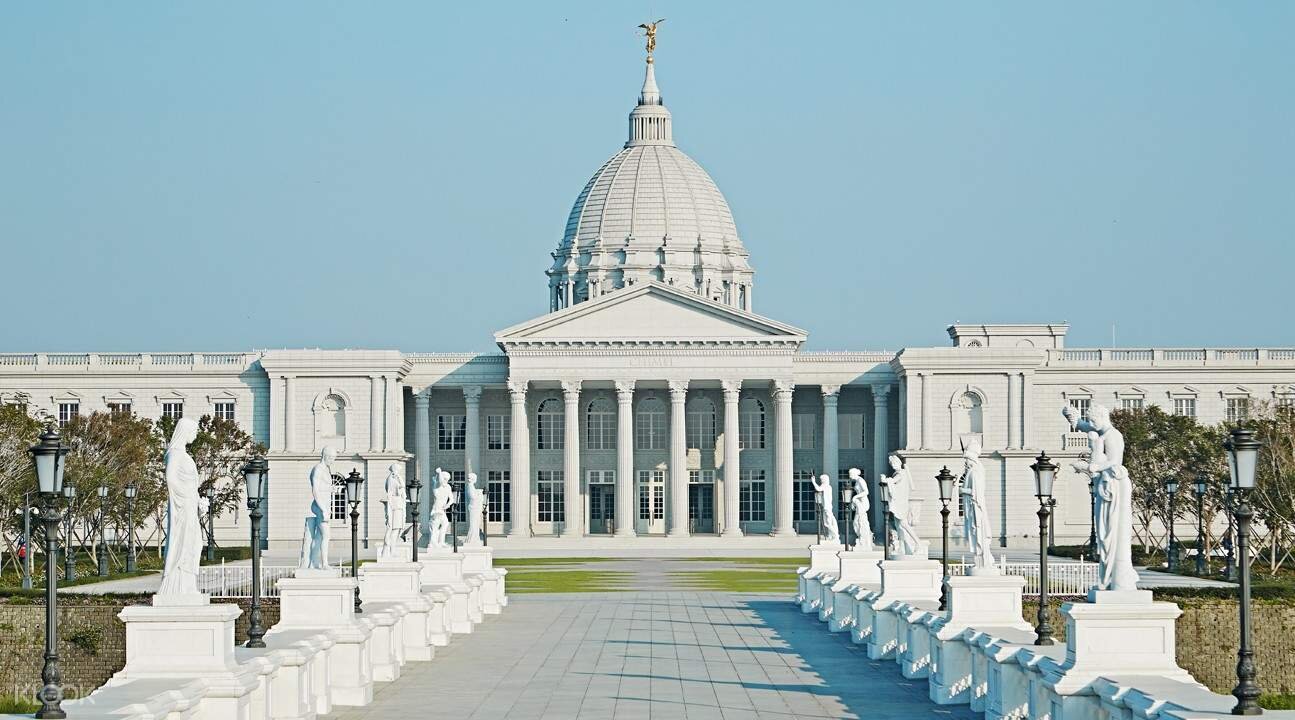NATIONAL MUSEUM OF HISTORY, TAIPEI (國立歷史博物館)
The Taiwan National Museum of History was the first museum to be established in Taiwan in 1955 (at that time, it was known as the “National Museum of Historical Artifacts and Fine Arts”) until 1956 when the name was changed to what it is today. In that same year, the museum building received a massive refurbishment in the style of five-floor traditional Chinese Ming and Qing palaces
Despite its relatively small size, the museum has an enviable collection built upon what was originally saved from the Henan Museum in China (河南博物院), and of relics recovered from the Japanese after the Sino-Japanese War. The collection included the bronzes unearthed in Xinzheng, Hui and Anyang (in Henan Province), Pre-Qin pottery unearthed in Loyang, Han green-glazed pottery, the dancer and musician figurines of the Six Dynasties, Tang tri-colored pottery and other treasures.
As time went on, the museum developed a sizeable collection dedication to Taiwan history, alongside the continued procurement of treasures from China and other countries from around Asia. Now, it also hosts an impressive collection dating back to the Neolithic period and the ancient Chinese dynasties Shang, Zhou, Han, Tang, Song, Yuan, Ming, and Qing, up to the contemporary era.
From July 2018, it will be undergoing serious renovation works which will leave it closed for three years, but will provide visitors to the museum with an elegant and multifaceted learning environment upon its reopening
Did you know that the Chinese calligraphy inscription of the name above the entrance was made by the famous scholar Yu You-ren ( 于右任)? He later became the first person to be awarded the Taiwan National Literary Award.
Fun fact: the museum even has a residency in Taoyuan's international airport! So the next time you are jetting to or from Taiwan, make sure to pay a visit!






